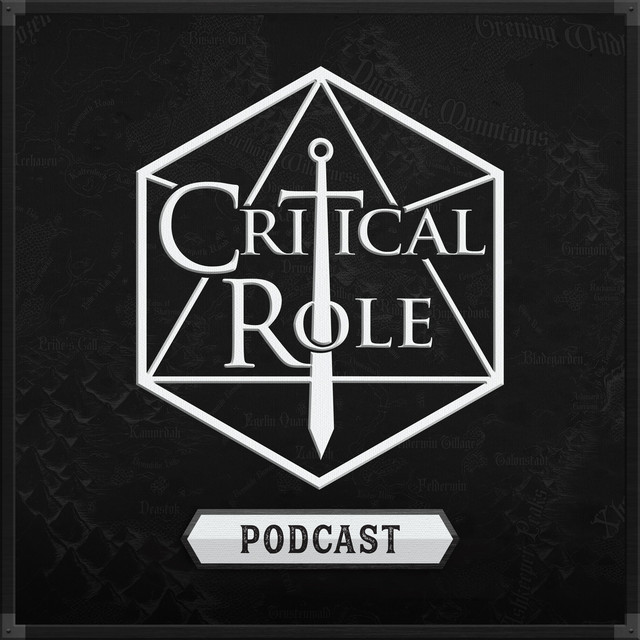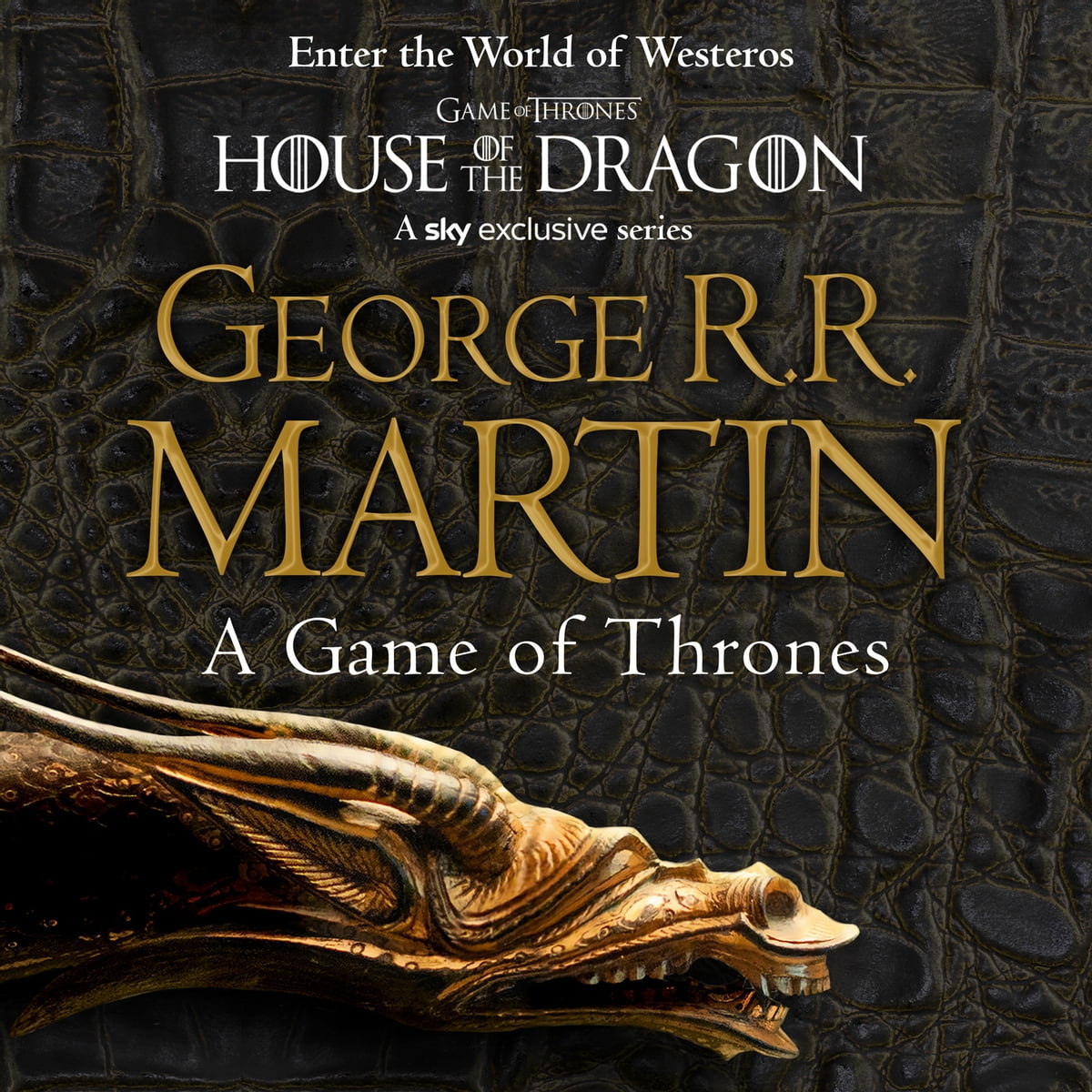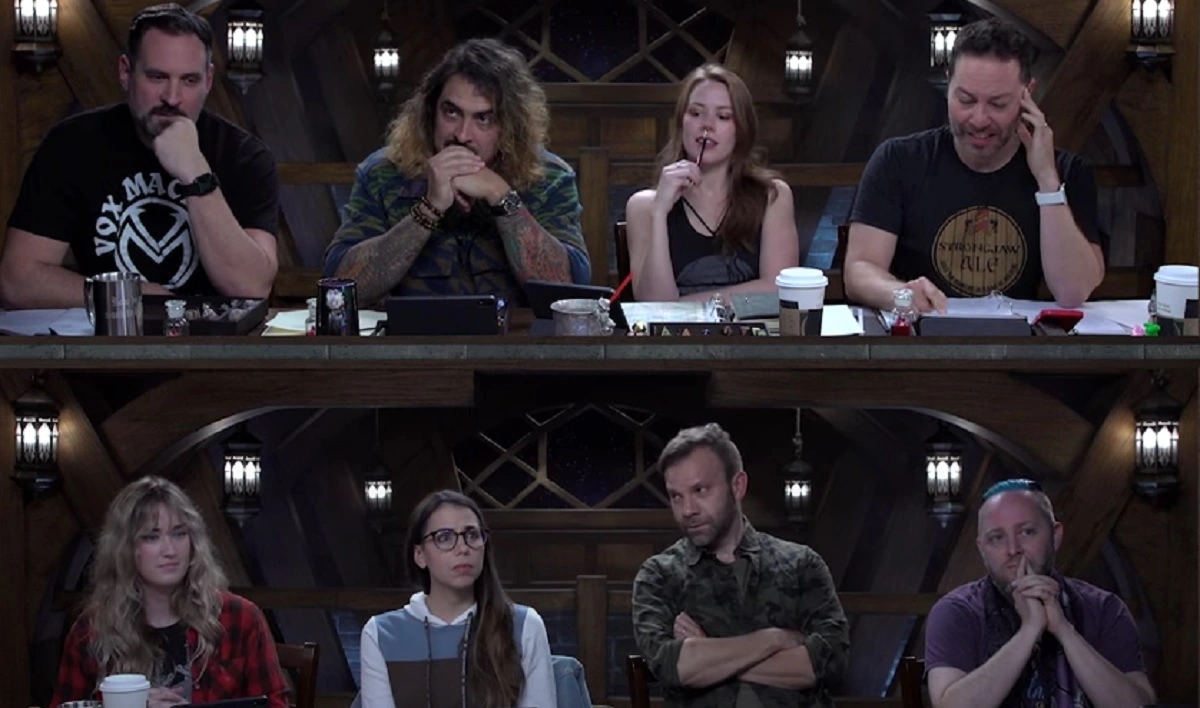Structure and Narrative
My group and I decided to stray from a traditional podcast and instead create a story focused audiobook. Since there were three of us in the group, we decided to split the final pieces into three distinct segments to better represent each of our ideas. The first is a drama about a tragic love story while the second segment takes a more light hearted approach, being a mockumentary radio show that acts as a bridge between the first and final story. Speaking of, the last segment in our audiobook (the part I was responsible for writing) returns to traditional prose structure with an emphasis on horror. Between each of these segments we made use of music, SFX and a few seconds of silence to signify that a transition has been made. We felt that since we didn’t have a universal narrator for each segment, making use of these techniques felt more natural and pleasing to the listener.
There were times, however, where we considered going back to the traditional podcast format for our project. We had ideas to create shows that focused more on discussions and our specific interests, even featuring games and quizzes as some of our segments. We considered these options due to the difficulties we faced trying to coordinate with acting students, who we had hoped would narrate our audiobooks, and booking a place to record. In the end we were able to overcome these issues and come up with solutions that allowed us to stick to our original ideas.
With the amount of time we had to write and produce the audiobook, we were only able to complete part of our lengthier portions of the piece; ending them on a sort of cliffhanger to be built upon in the future. Because of this, there may be some confusion in the structure of the audiobook as – besides a few hints here and there – is not yet explicitly clear how these segments are linked narratively. Despite this, we still feel that we have delivered a satisfactory product that can be enjoyed on its own.
Presentation and Inspiration
One of the main reasons we decided to create an audiobook instead of a podcast is because they are more in line with the type of work we’re used to. Producing an audiobook allowed us to make scripts that featured traditional prose like that seen in books or similar mediums. This decision was also influenced by work I completed last year, wherein I created another audiobook that followed a similar style. It included SFX, narration and prose but had a greater emphasis on dialogue.
A number of pre-existing media also acted as inspiration throughout our project. On my side of things, the dungeons and dragons YouTube show, Critical Role, and the audiobook versions of A Game of Thrones were my main sources of inspiration due to their narrative focus and use of other recording techniques, such as SFX and voice acting. Signalis, a survival horror video game that was released in October, also influenced my work. Though it is not an audiobook or podcast, the game’s central themes and sci-fi setting was helpful in developing the content of my portion of the project – inspiring me to create my own dystopian and futuristic setting.



Technical Apspects
To record our audiobook, we made use of the college’s recording studio, completing various sessions alone and together when required. After recording all of our audio, I was responsible for editing it in Audacity; cutting out any mistakes, adding processing effects and a number of SFX. To find our sound effects, I used websites like Freesound and Pixabay as their files are free and we didn’t have the right equipment to record our own. The aforementioned music we used for transitions were also downloaded from these websites, which at times was a bit tedious as I had to sieve through a number of files to find something that fit our production thematically.
Links to the websites:
(https://freesound.org/browse/tags/sound-effects/)
(https://pixabay.com/sound-effects/)
As mentioned previously, at the beginning of this project we had intended on working with a number of acting students to create unique voices for our characters who had dialogue. This required contacting different departments in the college, creating a detailed schedule and holding auditions. Unfortunately, due to some scheduling conflicts and a few unreliable actors, we were not able to complete this original plan. Instead, we had to compromise by voicing the characters ourselves and getting help from writers in year one of the course.
After editing our recording, I definitely feel that we may have benefited from doing more takes. In certain areas of the piece, our voices sound breathless and, despite my efforts during editing, leaves some lines sounding awkward and rushed. Recording in the studio, admittedly, was a bit intimidating for us but after this experience we feel that we are more prepared in future to take on similar projects.

Audience
The target audience for our audiobook sits between young adult and adult age ranges, but pinning down specifically what interests they would have is a bit difficult. Though we came up with a shared idea, that being to create an anthology of stories set in the same location but in different times, the tone of each segment differs due to our own ideas and writing styles. Thriller works as an umbrella term but in future collaborative projects we may have to work harder to make things like this more consistent.
Summary
My main takeaway from this project is that, in future, I need to take more time planning and scheduling our work so that we don’t run into any coordination issues – like those we had with the acting students. Overall, however, I am happy with the final product. I feel that we made the use of the tools available to us and worked to our strengths when we could, while also outlining a path for improvement if we tried this again.

























